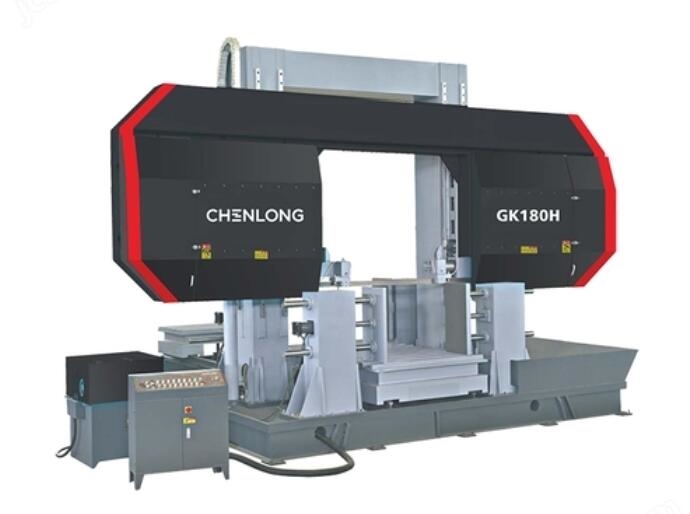Revolutionizing Manufacturing: The Power of Virtual Manufacturing Systems
The manufacturing industry has witnessed tremendous growth in recent years, driven by technological advancements and increasing demand for precision and efficiency. One of the most promising areas in this field is Virtual Manufacturing (VM) technology, which has the potential to transform the way we design, produce, and maintain products. In this blog post, we’ll delve into the world of VM, exploring its benefits, components, and applications, as well as the potential challenges and limitations it may face.
What is Virtual Manufacturing?
VM is a digital replica of the real-world manufacturing process, created using computer-aided design (CAD) software and simulation technology. This virtual environment allows companies to simulate and optimize production processes, reducing errors, and increasing efficiency. VM is particularly useful for complex manufacturing processes, such as CNC machining, where tiny inaccuracies can have significant consequences.
Key Components of Virtual Manufacturing Systems
A complete VM system consists of three main components: machine tools, control systems, and tool libraries. Machine tools must accurately replicate the physical properties of real-world machines, including geometry, size, and movement functions. The control system must be able to mirror the real-world control system, defining functions like G-codes and machine-tool codes. Lastly, the tool library contains a collection of virtual tools with the same specifications and sizes as their real-world counterparts.
Simulation and Calibration of Machine Tools
Once the VM system is established, users can load a treatment program and simulate the actual production process. This simulation allows for the detection of potential issues like overcutting and collisions, providing real-time feedback for optimization.
Program Optimization
VM systems can optimize CNC programming through the use of a personalized program optimization library for various materials and tool types. This allows for the automatic adjustment of cutting rates, ensuring efficient and consistent production.
Applications of Virtual Manufacturing Technology
VM technology has numerous applications in various industries, including:
- Electricity production equipment manufacturing: VM enables the optimization of complex shapes and precision manufacturing, reducing production time and costs.
- Aircraft manufacturing: VM technology allows for the simulation of complex surfaces and the optimization of CNC machining processes, ensuring accuracy and efficiency.
- Ship manufacturing: VM is used to simulate and optimize the production of complex ship components, reducing errors and improving production efficiency.
Challenges and Limitations of Virtual Manufacturing Technology
While VM technology has the potential to revolutionize the manufacturing industry, it also poses some challenges:
- Data accuracy: Ensuring the accuracy of virtual machine tools and their correspondence to real-world counterparts is crucial.
- Simulation complexity: Simulating complex production processes can be computationally intensive, requiring powerful hardware and software.
- User familiarity: Adopting VM technology requires training and understanding of the software and simulation processes.
Conclusion
Virtual manufacturing technology has the potential to transform the manufacturing industry, improving efficiency, reducing errors, and increasing precision. While there are challenges associated with implementing VM systems, the benefits of this technology make it an exciting area of research and development. As the industry continues to evolve, we can expect to see VM technology play a crucial role in the future of manufacturing.

















